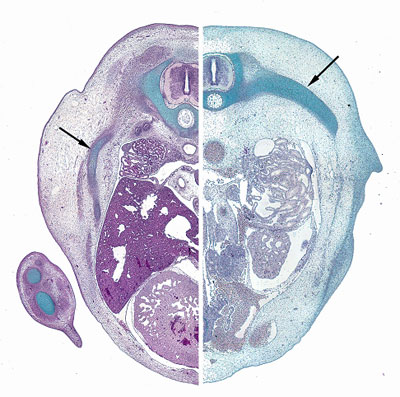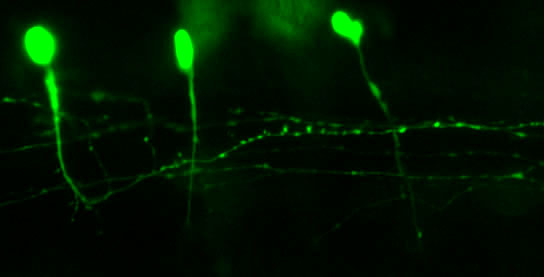Company of Biologists Workshop – Growth, Division, Differentiation – Day 4
Posted by GrowthDivDiff, on 9 October 2011
The final day of the meeting continued with vivid discussion and scientific exchange during the presentation sessions as well as during the breaks. Coming back to the initial focus of the meeting, today’s remaining topics centered on the fly as a model system to study fundamental regulators of cell proliferation.
Nic Tapon, at the London Research Institute, presented a synopsis of the Hippo signaling pathway and novel insights into its regulation. This inhibitory cascade of kinases is involved in proliferation control and is conserved in mammals including humans where it has been implicated in cancer and stem cell biology. In the absence of inhibitory Hippo signaling, Yorkie, a downstream co-activator of Tef/Tead transcription factors, translocates to the nucleus and promotes proliferation and can ultimately lead to tumor growth. However, the upstream regulation of the Hippo pathway is still unclear, although a number of links to epithelial polarity pathways have been demonstrated. Nic Tapon’s talk focused on unraveling the regulatory inputs upstream of Hippo using cell based RNAi screens. Subsequent discussion included references to the previous day’s discussion of apico-basal polarity proteins involved in murine retinoblastoma (Rod Bremner’s talk) and in growth control in the fly (Helena Richardson’s talk).
Related to this, and with similar immediate relevance for human cancer, Ginés Morata presented conceptual and experimental advance on the role of tissue-level signaling and proliferation control. Referring to a classic, yet continuously relevant, experiment conducted during his own graduate studies (Morata & Ripoll, 1975), he introduced the concept of cell competition as a means of growth inhibition. He showed in contrast to lethal giant larva (lgl) mutant clones, which are outcompeted and eliminated by apoptosis, lgl ras double mutant clones overgrow and form tumors with an efficiency which increases the more clones are induced. Even though lgl ras clones overgrow, cells at the clone edges of undergo apoptosis, which altogether suggests that there is a minimum number of highly proliferating mutant cells (a microenvironment) that need to be present in order to evade elimination by cell competition. In addition he presented data suggesting that the apoptotic cells themselves could promote the proliferation of neighboring cells by secreting growth-promoting factors.
Concluding the scientific program of the meeting, the academic organizers Anna Philpott (Cambridge) and Nancy Papalopulu (Manchester) summarized the main aspects and recurring themes of the meeting as well as the remaining challenges in the field.
While the meeting had been somewhat “neurocentric” the identified common concepts and mechanisms are applicable to other tissue and cellular contexts. Indeed, “neurocentricity” may be a result of the fact that these concepts and mechanisms have been best elucidated in the nervous system to date. One important notion was interaction between cell cycle regulators and components various signaling pathways. Moreover, an increasing emphasis is placed on understanding the temporal and spatial dynamics of cell cycle and differentiation mechanisms. Another interwoven thread was the significance of identifying similar or related mechanisms in a range of organisms, not only in the mouse, but in frog, fly and in mammalian stem cell systems.
The utility of meeting platforms such as this one were praised, referring to newly identified areas of joint interest between the attendants, and resulting in facilitation of collaborations and future research. Specific for this meeting format was the truly generous opportunity for interaction and scientific exchange. Practically equal time was allotted to the discussion as to the actual talk within the sessions. Moreover, extended coffee breaks and joint activities enabled the lively discourse of the participants coming from all around the world. It was acknowledged that the attending junior investigators and discussants brought a certain freshness and creativity to the table, beyond fostering their career development through immediate interactions and informal discussion with leaders in the field. In summary, the meeting very well matched the format of the company of biologists workshops. While it already fulfilled its aim of promoting the understanding of “growth, division and differentiation” during development, more benefit and spin-offs are likely to arise from the continued exchange between its attendants.


 (1 votes)
(1 votes) October 7 is
October 7 is  A few months ago we ran a
A few months ago we ran a 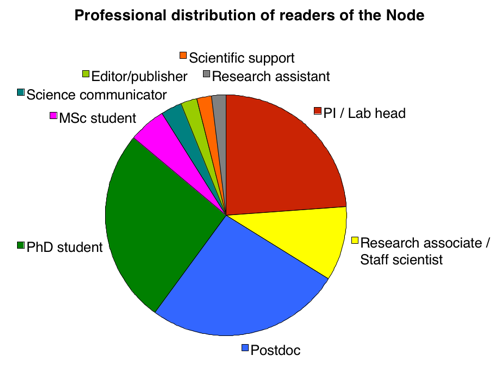
 (No Ratings Yet)
(No Ratings Yet)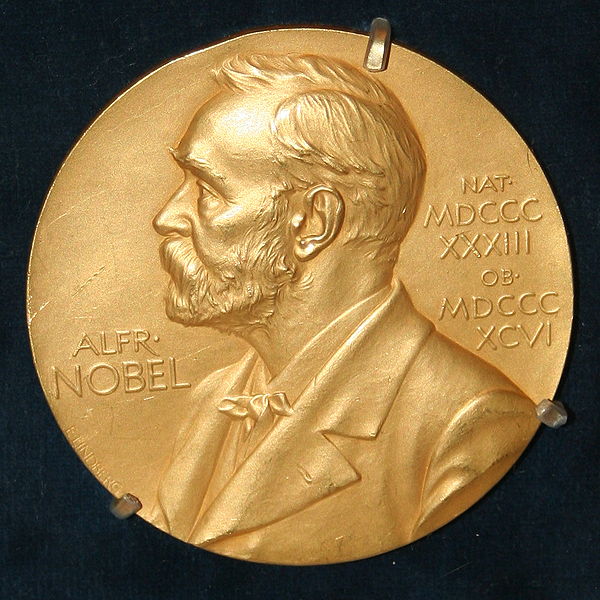
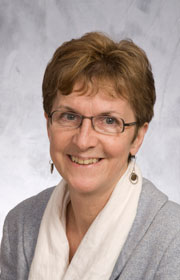 “At the end of the day, when people believe that a human embryo from the time of conception is worthy of all protection, you cannot argue against that. All I can argue is that we are in a situation where human embryos through IVF programmes are discarded, and isn’t it more ethically acceptable to use those discarded embryos to help save human lives in the future?” –
“At the end of the day, when people believe that a human embryo from the time of conception is worthy of all protection, you cannot argue against that. All I can argue is that we are in a situation where human embryos through IVF programmes are discarded, and isn’t it more ethically acceptable to use those discarded embryos to help save human lives in the future?” – 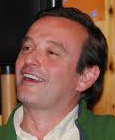 “We think of proteins and genes, but there are all also lipids and sugars, and we are ignoring them completely! Maybe the future could be to measure them, find out where they are and how they influence things. Chemistry could be the future.” –
“We think of proteins and genes, but there are all also lipids and sugars, and we are ignoring them completely! Maybe the future could be to measure them, find out where they are and how they influence things. Chemistry could be the future.” – 